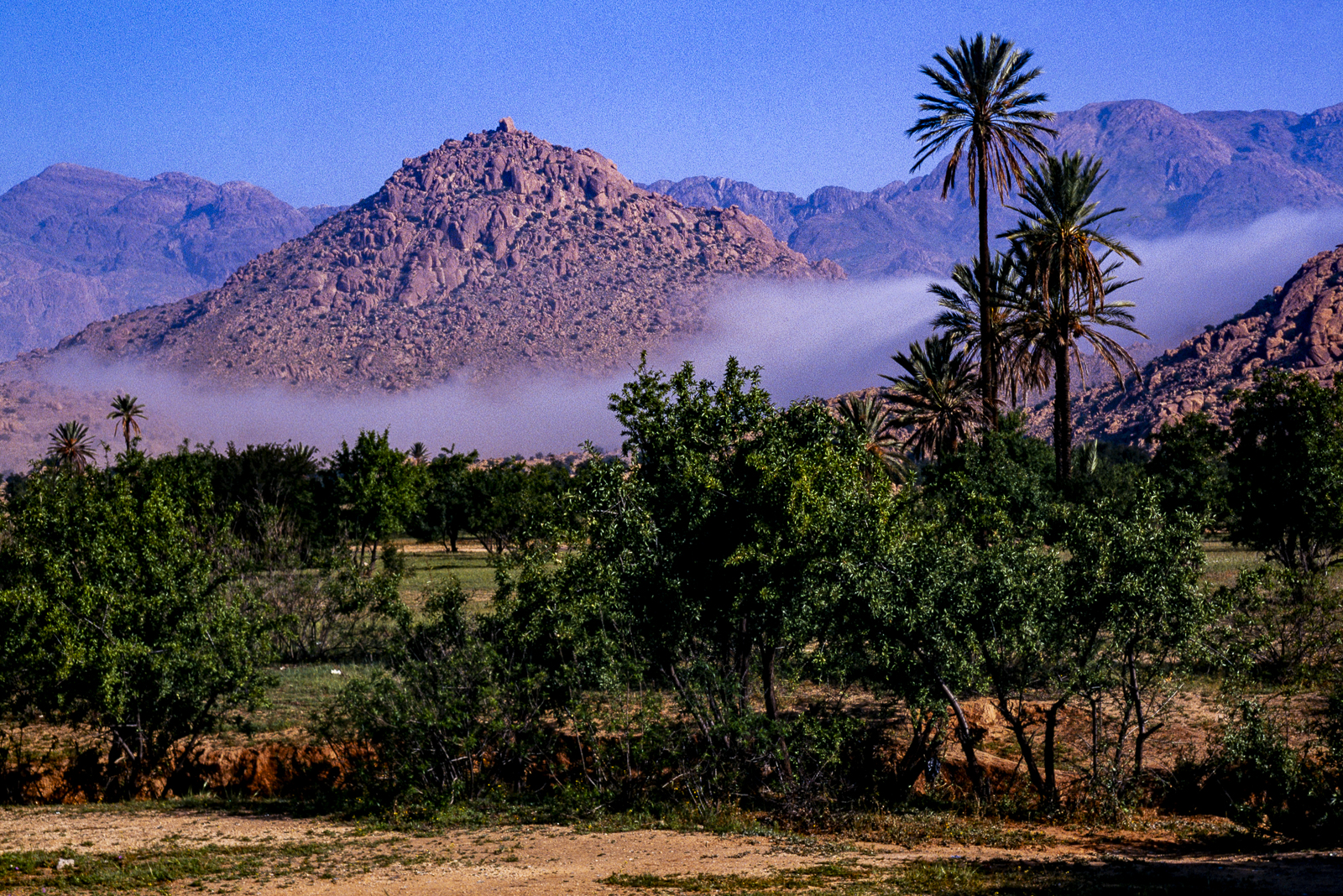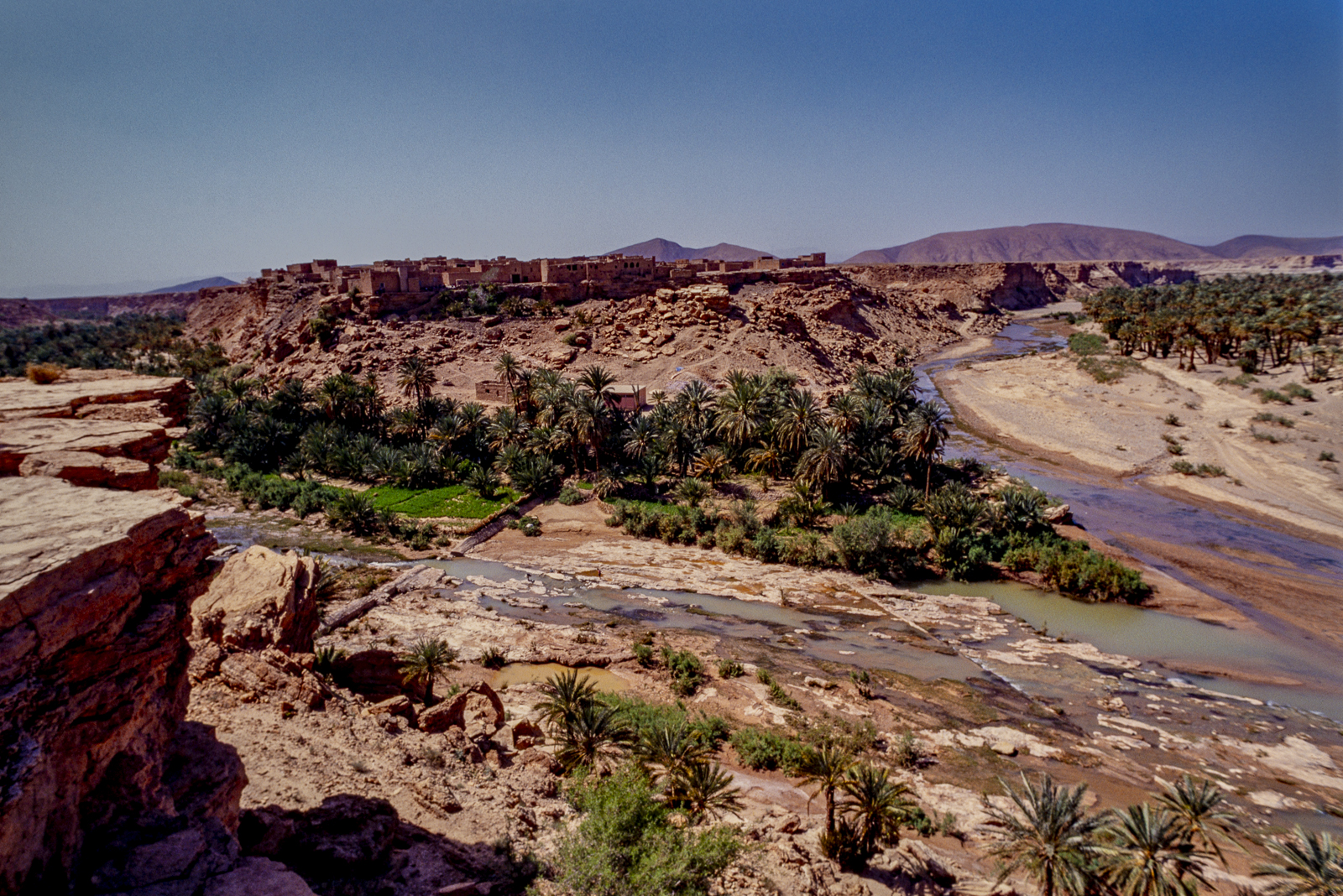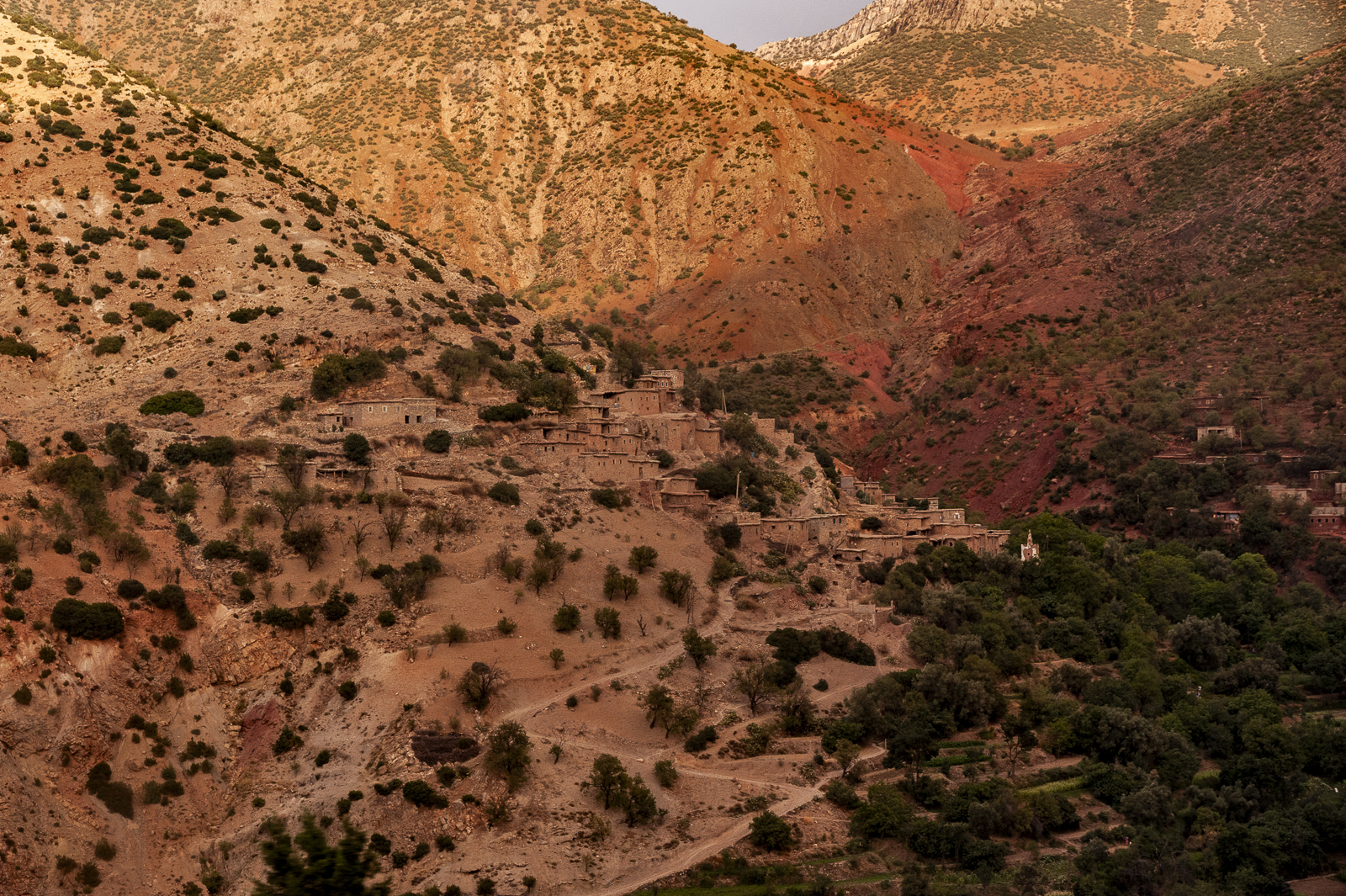
When we think of the southern shores of the Mediterranean, we often imagine a territory characterised predominately by extreme heat and vast desert dunes. However, beyond this partial image, Morocco has a remarkable climatic diversity, reflecting its complex and contrasting geography. An arid and semi-arid climate predominates in the pre-Saharan regions of the south and south-east where rainfall is low (200 mm-150 mm), accompanied by very high temperatures, which can exceed 45°C in summer. In contrast, in the north, on the Mediterranean coast and in the Rif mountain range, there is a Mediterranean climate characterised by mild winters (10-15ºC) and hot summers, and moderate rainfall (500 mm-800 mm). Inland, the climate is continental, with a wide temperature range, and colder and longer winters than on the Mediterranean coast. Temperatures there can drop below -10°C and snow is common, while summers are short and mild. In the mountainous areas of the Atlas Mountains, the climate starts to get harsher, as the cold there is extreme. In fact, in addition to snowfall, ice sheets can form on the highest peaks. And last, towards the Atlantic coast, the climate is oceanic, with mild temperatures (18-25ºC) all year round because of its proximity to the sea. Rainfall here is confined mainly to autumn and winter.
Claudia Patarnello
IEMYRhd—University of Salamanca
Find out more:

















